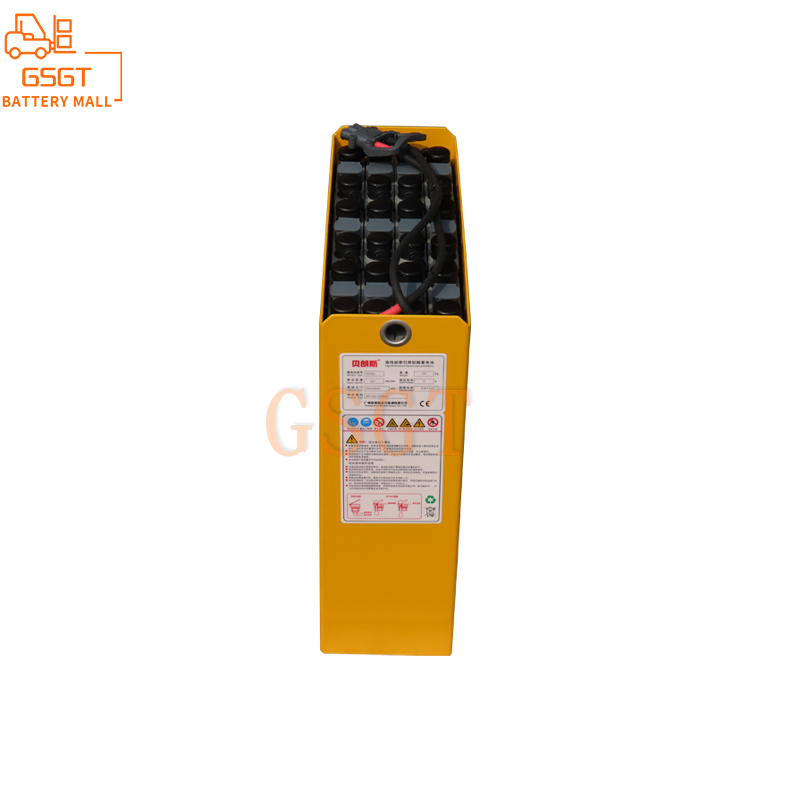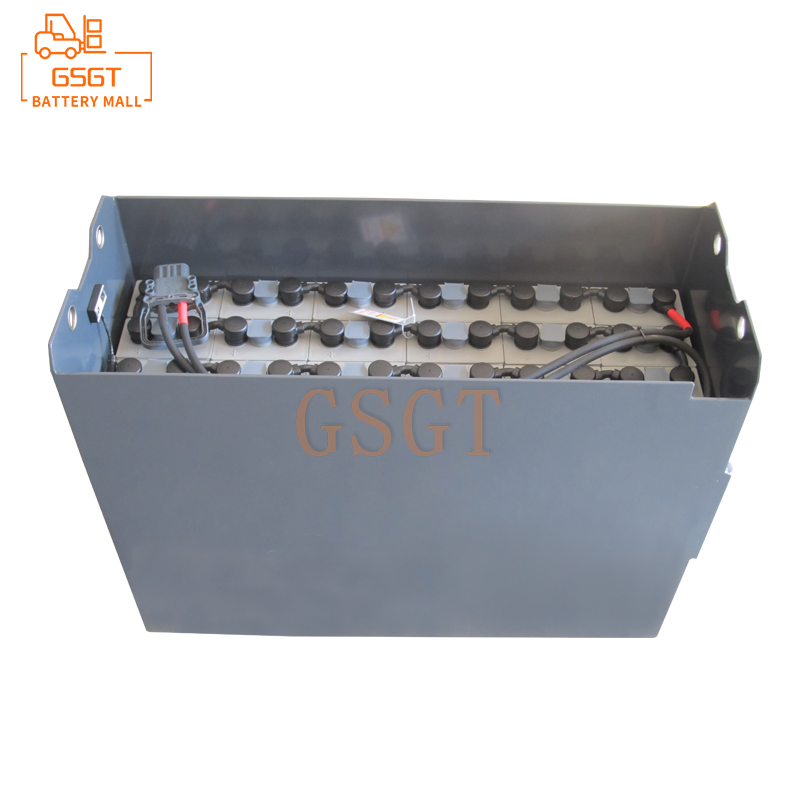Time:2025-03-24 18:16:14
Browse:647
Lead-acid batteries, as a mature and widely used energy storage equipment, can be seen in every corner of our lives. Whether it is an electric vehicle for daily travel, providing us with a convenient means of transportation, or an emergency power supply system to ensure power supply at a critical moment, lead-acid batteries play a vital role. However, with the growth of the use time and the increase of the frequency of use, lead-acid batteries will inevitably have various failures. In fact, many common faults are not difficult to solve, as long as we have the correct troubleshooting methods and repair skills, we can make the battery "rejuvenated" by ourselves.
## The battery cannot be charged
### The charger is faulty
When the battery is not charged, the charger must first be carefully checked. Start with the appearance and check whether the charger has obvious physical damage such as damaged shell and exposed wires. If there is no problem with the appearance, then plug in the charger and closely observe the status of the indicator. Under normal circumstances, after the charger is connected to the power supply, the indicator light will light up and show the corresponding charging status. If the indicator light does not respond and is never on, several possible causes need to be investigated at this time. First, whether the connection between the charger plug and the socket is loose, sometimes just the plug is not inserted tightly, it will lead to poor contact, can not charge normally, reinsert the plug, and ensure that the connection is stable. The second is to check whether the power cord of the charger is damaged, you can carefully check whether the outer cover of the power cord is damaged, broken, and whether the internal wire is open. If the power cable is damaged, buy a power cable with the same specifications and replace it to solve the problem. However, if after inspection, it is found that the internal components of the charger are burned to cause the fault, because the internal circuit of the charger is more complex, non-professionals may not only be able to repair the problem, but also the risk of electric shock, so in this case it is recommended to send the charger to a professional repair shop or directly replace the new charger.
### Battery connection problem
The battery pack connection line plays an important role in the transmission of current during the whole charging and discharging process, and once it is loose or oxidized, it is very likely to cause a failure of charging. Carefully check the connection lines between the battery packs to see if each connection is firm. If you find that it is loose, use the appropriate tool to tighten it again and ensure that the connection is tight. In addition, the joint part of the connection line is exposed to the air for a long time and is easy to be oxidized, forming an oxide layer, which will increase the resistance and hinder the normal transmission of current. For oxidized joints, you can use sandpaper to gently polish the oxidized part until the metallic luster is exposed and the oxide layer is completely removed. In order to prevent the joint from oxidizing again, after grinding, a thin layer of butter can be applied to the joint, which can isolate the air and play a good anti-oxidation role.
### Battery aging water loss
The service life of the lead-acid battery is limited, after years of frequent use, the plate inside the battery will gradually age, and the electrolyte will dry up, which will seriously affect the charging performance of the battery, resulting in no charge. For some lead-acid batteries that can open the top cover (it should be noted that some maintenance-free batteries cannot be opened, and forcing it to open may damage the battery and pose a safety risk), carefully open the top cover of the battery and observe the condition of the electrolyte inside the battery. If the electrolyte is found to be significantly reduced, lower than the normal level, you can buy a special lead-acid battery supplement liquid to add. When adding, pay attention to the operation according to the product instructions, control the amount of supplementary liquid to avoid too much or too little. However, if the plate inside the battery has been seriously vulcanized and softened, which indicates that the battery is close to the end of its service life, even if the supplementary liquid is difficult to restore its performance, at this time, only a new battery can be considered.
## Battery capacity decreases
### Deep discharge
The best use of lead-acid batteries is shallow charging and shallow discharge, and often let the battery in a state of excessive discharge, such as electric vehicle riding to completely no power before charging, which is very damaging to the battery capacity. Excessive discharge will cause the active substance on the internal plate of the battery to fall off, resulting in a reduction in the effective reaction area of the plate, thereby reducing the capacity of the battery. In order to avoid damage to the battery caused by deep discharge, in the course of daily use, when the electric vehicle's electricity remains about 20%-30%, it should be charged for the battery in time. In addition, regular deep charging and deep discharge of the battery can activate the active substances inside the battery to a certain extent and improve the battery capacity. The specific operation method is 1-2 times a month, first use the battery to the state of low power, but be careful not to over-discharge to completely no power, and then use the original charger to fill the battery, so that the battery experiences a complete charge and discharge cycle.
### Temperature effect
Lead-acid batteries are more sensitive to temperature, whether it is a cold low temperature environment or a hot high temperature environment, it will have a significant impact on its capacity. In winter, the low temperature will slow down the chemical reaction rate inside the battery, and the movement speed of ions in the electrolyte will also be reduced, which will lead to a decrease in the actual available capacity of the battery, and the driving range of electric vehicles in winter will be significantly shortened. In order to reduce the impact of low temperature on the battery capacity, measures can be taken to keep the battery warm, such as the use of foam, cotton and other thermal materials to wrap the battery pack, so that the temperature of the battery can be maintained to a certain extent, so that the internal chemical reaction is relatively stable. In the summer, the high temperature environment will aggravate the self-discharge phenomenon of the battery, and the battery power loss will be accelerated. Therefore, in the summer, we should try to avoid battery exposure, park the electric vehicle in a cool and ventilated place, and avoid charging in a high temperature environment for a long time, and choose a more suitable temperature indoors or in the shade when charging.
### Long shelved
If the lead-acid battery is not used for a long time, the capacity will also decrease. This is because even if the battery is idle, there will be a self-discharge phenomenon, and the battery power will gradually decrease over time. At the same time, long-term shelving will also lead to the vulcanization of the internal plate of the battery, further reducing the battery capacity. Therefore, when the battery needs to be shelved for a long time, the battery should be fully charged first to ensure that the battery is fully charged. In addition, during the shelving period, the battery should be replenished once a month to replenish the battery's power loss due to self-discharge in a timely manner, prevent plate vulcanization, and maintain the good performance of the battery.
## The battery heats abnormally
### Charging current is too large
The use of mismatched chargers is one of the common causes of excessive charging current. If the output voltage or current of the charger is inconsistent with the rated parameters of the battery, it will make the battery withstand current beyond the normal range when charging, resulting in abnormal battery heating. When charging the battery, be sure to use the original charger or a charger that has been strictly tested and is suitable for the battery. If it is confirmed that the charger and the battery are matched, but the battery still heats abnormally, then there may be a problem with the charging line. Excessive resistance in the charging line will generate additional heat when the current passes through, causing the battery to heat up. At this time, you need to carefully check the charging line to see whether the wire is aging, damaged, and whether the various connection parts are loose. If a faulty wire is found, the new wire should be replaced in time to ensure the normal flow of the charging line, reduce the resistance, and avoid the battery from heating due to the line problem.
### Internal short circuit
When there is a short circuit of the plate inside the battery, it will cause a large current discharge inside the battery, instantly generate a lot of heat, resulting in serious battery heating. To determine whether the battery has an internal short circuit, you can use some simple methods. Gently shake the battery and listen carefully for any abnormal sounds inside the battery other than liquid sloshing. If you hear a sound like a hard object colliding or rubbing, it is likely that the battery internal plate is short circuiting. In addition, the battery internal short circuit may also be manifested as the battery surface temperature is too high, and even bulge phenomenon. Once the internal short circuit of the battery is determined, because this fault involves the complex structure of the battery, it is very difficult to repair by itself, and there are security risks, so it is recommended to replace the new battery directly to ensure the safety and normal operation of the device.
Master the troubleshooting and repair methods of these common failures of lead-acid batteries, not only can effectively extend the service life of the battery, save us the cost of replacing the battery, but also solve the problem in time when the battery does not affect our normal use. However, in the process of battery troubleshooting and repair, you must pay extra attention to safety. The electrolyte in the lead-acid battery is corrosive. Avoid contact with the skin and eyes during operation. In case of contact, rinse with plenty of water immediately and seek medical attention in time. At the same time, the battery will produce hydrogen in the process of charging and maintenance, hydrogen is flammable and explosive gas, so the operation site should be away from the open flame, maintain good ventilation, and ensure the safety of themselves and the equipment.

$1105

$3810

$1270

$2040

MESSAGE
Professional And Efficient
Security
Affordable Price
Professional Services